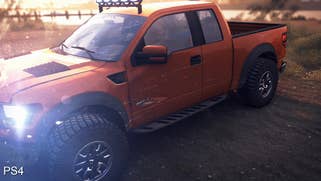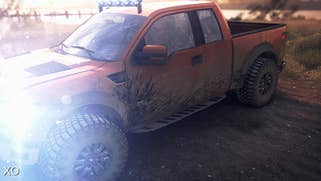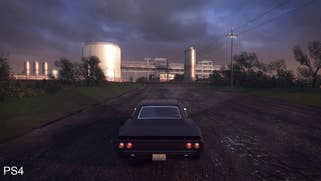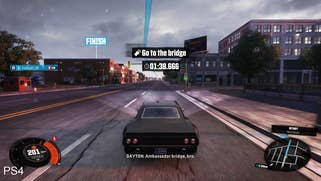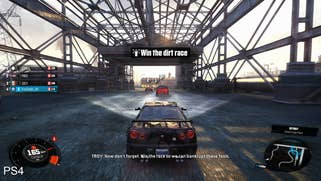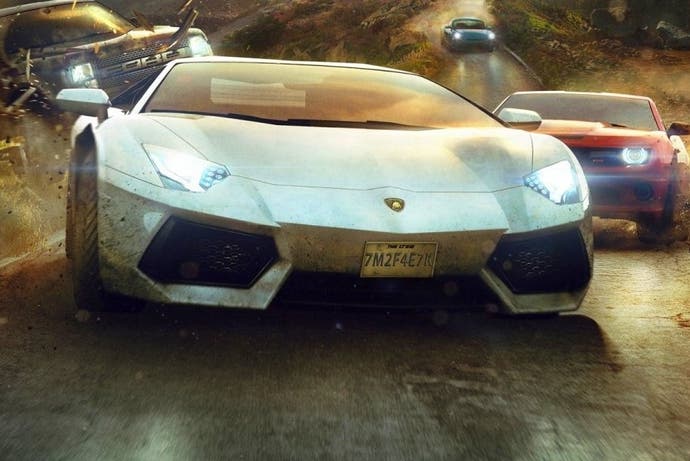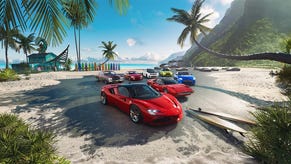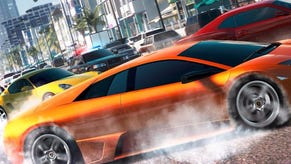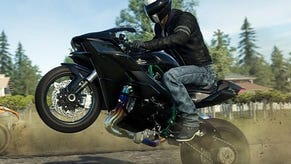Performance Analysis: The Crew
Cruisin' USA.
The question of performance has dominated the Q4 games line-up this year, with Ubisoft at the centre of controversy owing to the disappointing showing from Assassin's Creed Unity. However, the slick, polished Far Cry 4 demonstrated that the firm can get it right: a rock-solid 30fps makes all the difference, and while open-world racer The Crew isn't quite as robust overall, it's still a creditable enough showing on both Xbox One and PlayStation 4.
What's curious about this game is that two different studios are handling development duties. In charge of the DirectX 11 versions - PC and Xbox One - we have the game's creators, Ivory Tower. It's a new development studio staffed by many veterans from Eden Games, developers of the Test Drive Unlimited titles. Meanwhile, the PlayStation 4 version is handled by Reflections, working directly from the Ivory Tower codebase (we covered the ins and outs of the porting process last year).
Despite the unusual allocation of development resources, the end result is a multi-platform project much like any other in the modern era, featuring far more in the way of similarities than striking differences. To cut to the chase, both versions hand in fairly solid 30fps performance levels, each operating at a native resolution of 1080p. An adaptive v-sync is in play on both systems, meaning that when the engine runs over its render budget, screen-tear manifests on-screen. It isn't consistently impactful to the experience by any stretch of the imagination, but what's clear is that tearing is more frequent on PlayStation 4. For its part, although Xbox One tears less often, very occasionally it simply drops entire frames instead.
We're still working with the game, but differences appear relatively minor. There's a suggestion that overall draw distance LODs may be pushed out further on PlayStation 4, but the biggest point of differentiation is The Crew's anti-aliasing system, which is rather odd, to say the least. It appears to be post-process in nature, but it produces some very strange edge artefacts - especially on the Sony platform.
The more we look at it, the more we suspect that it may be some kind of strange off-shoot of HRAA - the innovative anti-aliasing system employed in Far Cry 4. HRAA combines temporal super-sampling (blending data from previous frames into current ones) with an advanced edge-smoothing algorithm designed to minimise the 'jaggies' without the pixel-pop/shimmer usually seen on post-process AA. However, if it is a version of HRAA seen here, it's been very poorly implemented - coverage is weak on Xbox One, and while the effect is improved on PS4, the visual artefacts are highly visible and rather off-putting.
We've attached a few comparison shots below that demonstrate the look of the game on Xbox One and PS4, but in the meantime, work continues on the Face-Off, which sees both console versions stacked up against the PC game.
